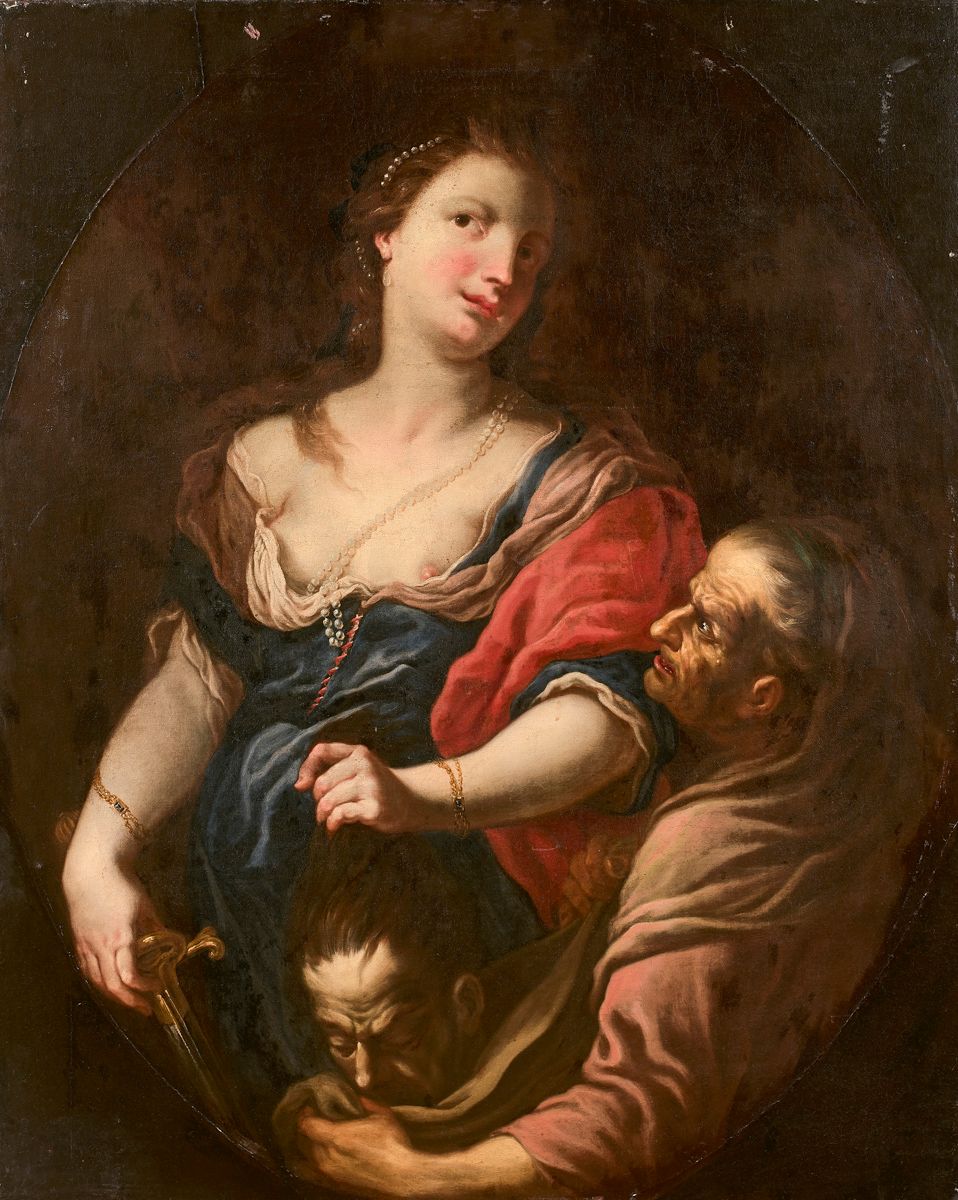Description
Attributed to Domenico PARODI (1672 - 1742 )Judith holding the head of Holofernes and AbraCanvas123 x 98.5 cmUnframed A certificate from Herrmann Voss dated 1929 suggests this attribution to Parodi. Mary Newcome confirms the attribution. The crumpled draperies are similar to those of Gian Battista Merano's paintings and the rounded figures to Parodi's paintings and frescoes.
15
Attributed to Domenico PARODI (1672 - 1742 )Judith holding the head of Holofernes and AbraCanvas123 x 98.5 cmUnframed A certificate from Herrmann Voss dated 1929 suggests this attribution to Parodi. Mary Newcome confirms the attribution. The crumpled draperies are similar to those of Gian Battista Merano's paintings and the rounded figures to Parodi's paintings and frescoes.
You may also like
